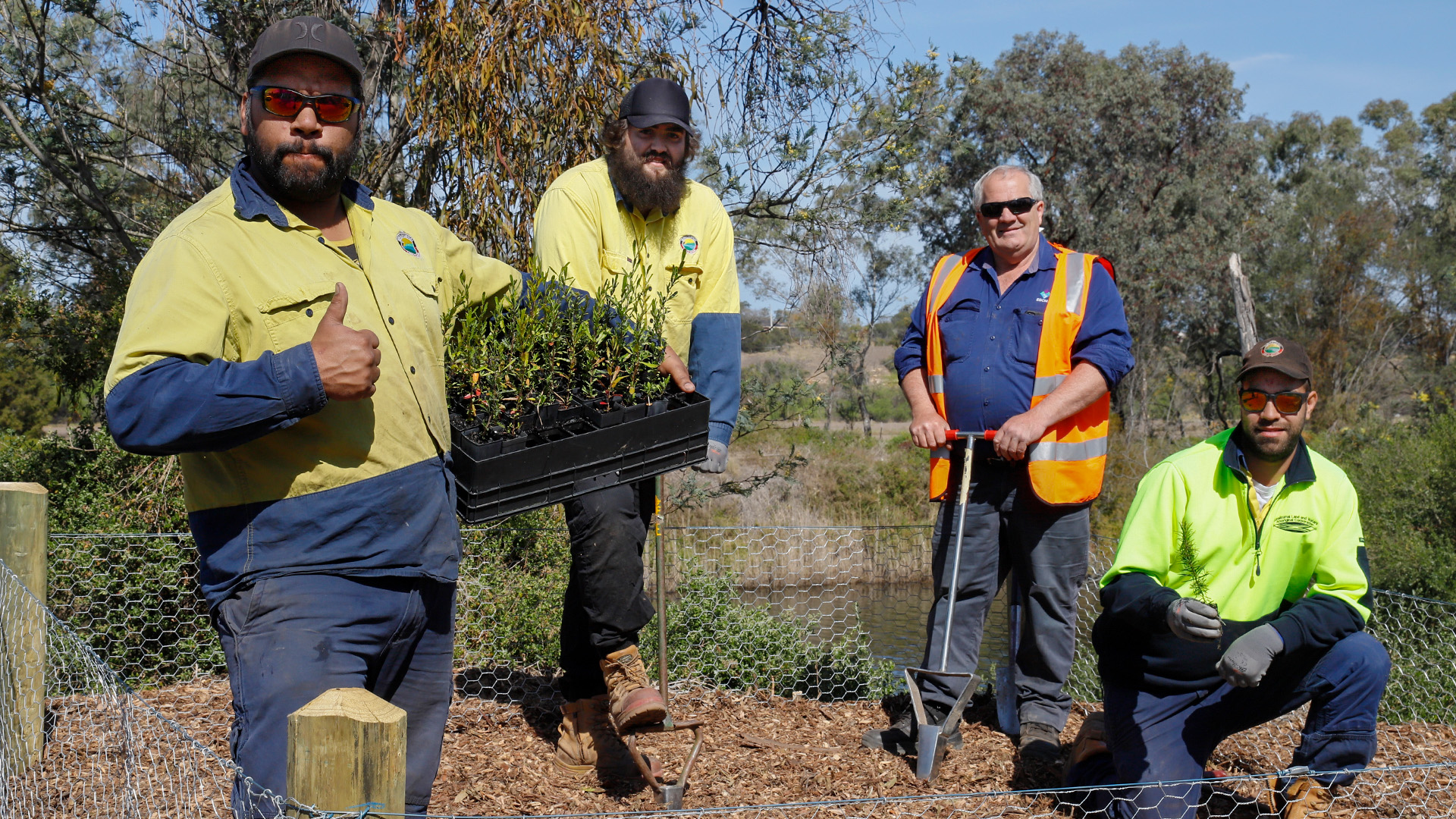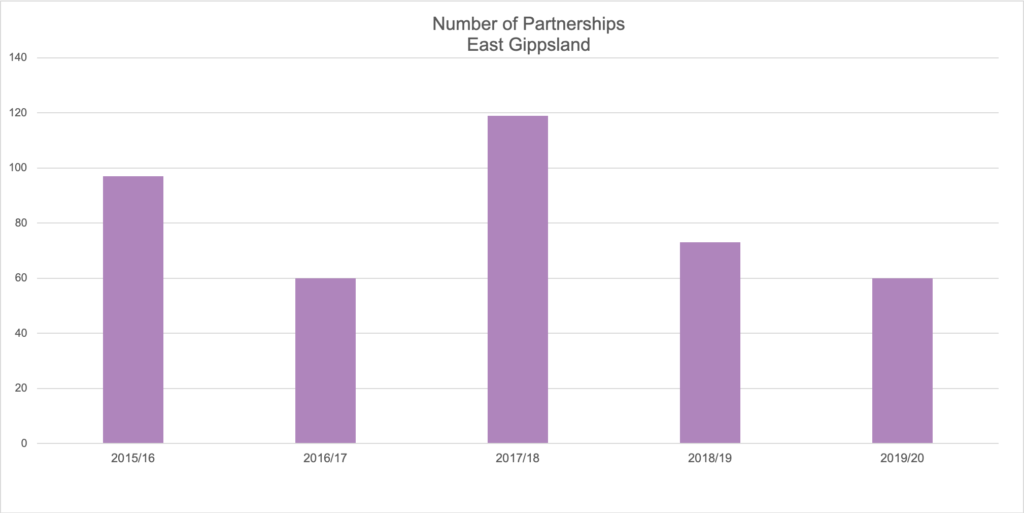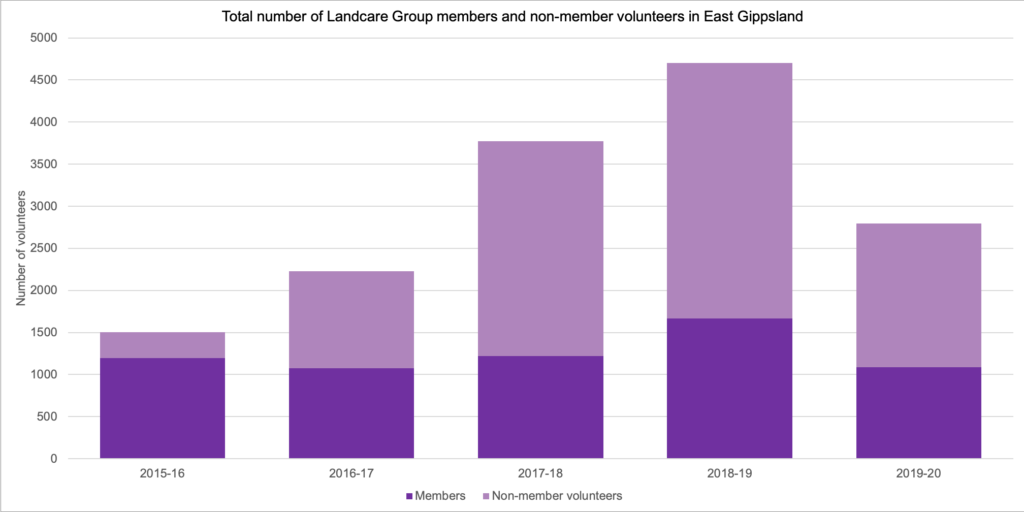The ‘community’ of this Regional Catchment Strategy aims to capture the profile of our community and their involvement in the management of our natural values. The partnerships we form across our region are the key to delivering successful environmental outcomes for us all.
Our community… a snapshot
East Gippsland is relatively sparsely populated compared to other regions in Victoria, however the population has continued to grow to almost 48,000 people in 2020. The increase in population has not be evenly distributed across the region. Large centres such as Bairnsdale and the coastal communities in the west of the region continue to support more residents than the far east.
The Aboriginal community in East Gippsland is represented by GunaiKurnai, Bidwell, and Ngarigo Monero.
Aboriginal people have a strong connection to country in East Gippsland. Aboriginal people have an aspiration to participate in the management of the region’s natural resources, and this aspiration is acknowledged by natural resource management agencies.
The communities of East Gippsland are resilient. The past years have been some of the most challenging our community have faced. An extended period of drought followed by widespread bushfires and the impacts of the Coronavirus pandemic have impacted on the health and well-being of many people and communities across the region.
Impacts of the experiences of recent years have been significant, and communities are concerned about the challenges we may face into the future.
Some of these challenges include the future management of our environment and fire, the impacts of climate change, caring for the Gippsland Lakes, and water security and water availability.









